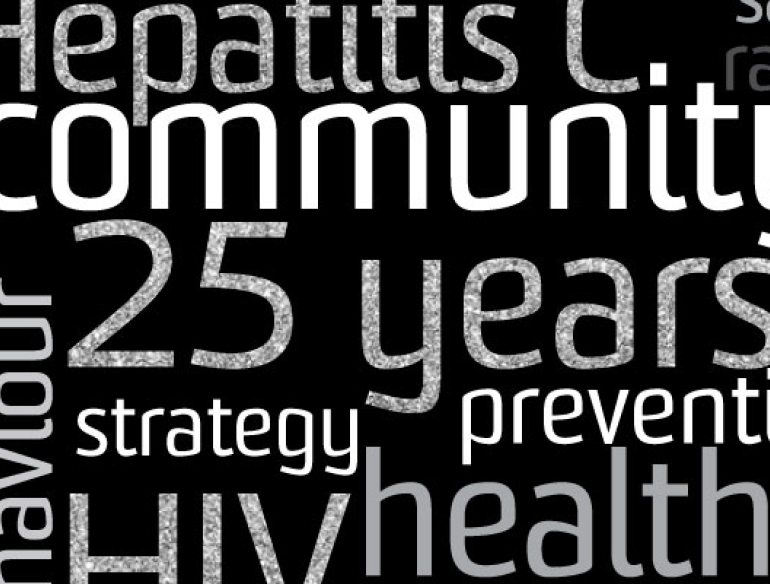Key findings
- The median age of respondents has increased over time with an incremental increase from 30 years in 2002 to 42 years in 2019 and a concomitant decline in the proportion aged less than 25 years from 25% in 2002 to 4% in 2019.
- The proportion of respondents from an Indigenous Australian background increased over the 25-year period, from 5% in 1995 to 22% in 2019.
- Prevalence of methamphetamine as the last drug injected increased over time, doubling between 2010 and 2019 and reported by almost half of all respondents in 2019.
- The proportion of respondents who reported receptive sharing of needles and syringe in the past month declined over the 25-year survey period but increased over the past decade, with 16% reporting receptive syringe sharing in 2019.
- Although HIV antibody prevalence remained low and consistently higher among respondents reporting male homosexual identity, prevalence increased over the 25-year period and was 2.3% in 2019.
- HCV antibody prevalence declined over the 25-year period and there have now been three consecutive years (2017 to 2019) where less than half of ANSPS respondents tested HCV antibody positive.
- Among respondents tested for HCV RNA, the proportion with detectable HCV RNA declined from 51% in 2015 to 18% in 2019 indicating that a population-level reduction in viraemic prevalence is achievable through high levels of treatment and cure among PWID.

